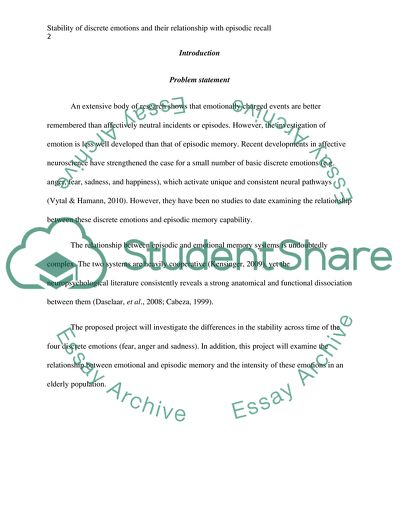Cite this document
(Stability of Discrete Emotions and Their Relationship With Episodic Research Proposal, n.d.)
Stability of Discrete Emotions and Their Relationship With Episodic Research Proposal. https://studentshare.org/psychology/1768207-stability-of-discrete-emotions-and-their-relationship-with-episodic-recall
Stability of Discrete Emotions and Their Relationship With Episodic Research Proposal. https://studentshare.org/psychology/1768207-stability-of-discrete-emotions-and-their-relationship-with-episodic-recall
(Stability of Discrete Emotions and Their Relationship With Episodic Research Proposal)
Stability of Discrete Emotions and Their Relationship With Episodic Research Proposal. https://studentshare.org/psychology/1768207-stability-of-discrete-emotions-and-their-relationship-with-episodic-recall.
Stability of Discrete Emotions and Their Relationship With Episodic Research Proposal. https://studentshare.org/psychology/1768207-stability-of-discrete-emotions-and-their-relationship-with-episodic-recall.
“Stability of Discrete Emotions and Their Relationship With Episodic Research Proposal”. https://studentshare.org/psychology/1768207-stability-of-discrete-emotions-and-their-relationship-with-episodic-recall.


